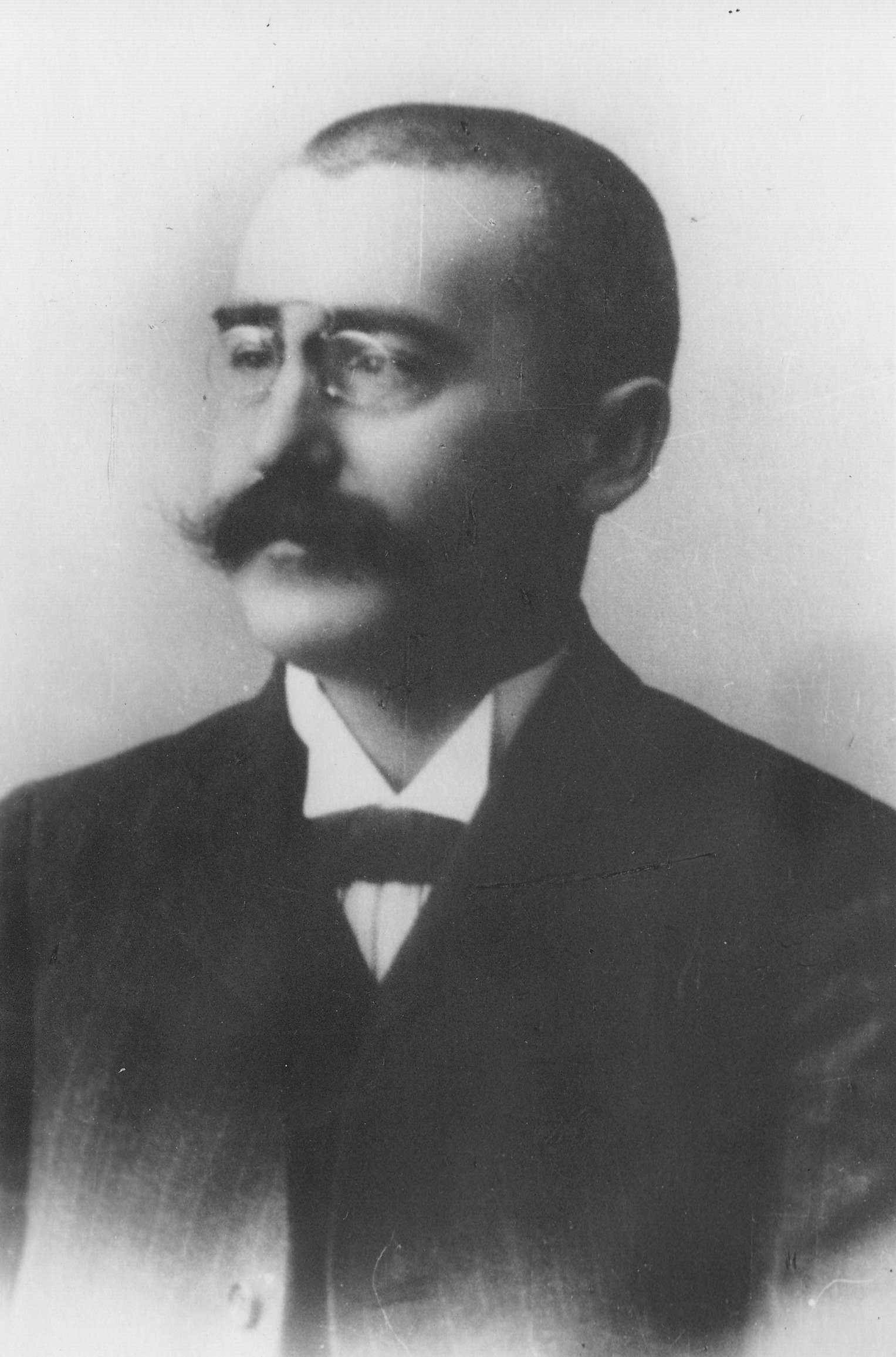Vasyl Barvinsky / Galicians I
Vasyl Barvinsky (1888-1963)
Vasyl Barvinsky (1888-1963
Vasyl Barvinsky also began his musical studies with his mother, who was herself a pupil of Karol Mikuli, the director of the Lemberg Conservatory in Galicia. Vasyl studied at the Lemberg Conservatory and, from 1908 to 1914, was a pupil of Vitezslav Novák in Prague. Barvinsky became the director of the Lysenko Institute in Lviv after Stanyslav Liudkevych was drafted into the Austrian army.
As a pianist, Barvinsky toured Soviet Ukraine in 1928 with cellist Bohdan Berezhnytsky.
When the Soviets merged the Lemberg conservatory in Galicia with the Lysenko institute, it was Barvinsky who was appointed director of the new Lviv State Conservatory. Privilege, however, was short-lived.
In 1948, intrigue led to denunciation and Barvinsky was exiled to a labour camp in the Mordovian ASSR. All his music scores were publically burned! Barvinsky returned to Lviv in 1958 a broken man and spent the rest of his days unsuccessfully trying to recreate his lost works. The surviving art songs are representative of the composer’s post-romantic and often impressionistic style.















